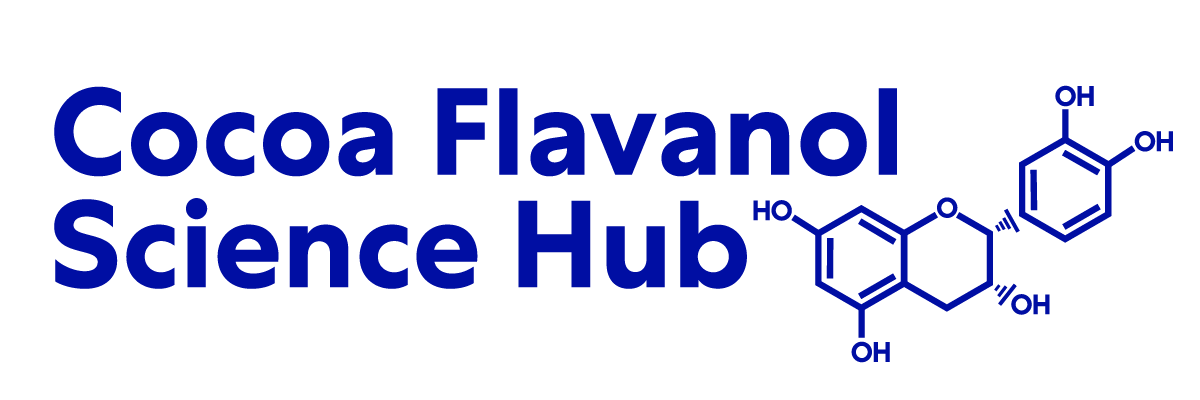Flavanol monomer-induced changes to the human faecal microflora.
We have investigated the bacterial-dependent metabolism of ( - )-epicatechin and (+)-catechin using a pH-controlled, stirred, batch-culture fermentation system reflective of the distal region of the humanlarge intestine. Incubation of ( - )-epicatechin or (+)-catechin (150 mg/l or 1000 mg/l) with faecalbacteria, led to the generation of 5-(3',4'-dihydroxyphenyl)-gamma-valerolactone, 5-phenyl-gamma-valerolactone and phenylpropionic acid. However, the formation of these metabolites from (+)-catechin required its initial conversion to (+)-epicatechin. The metabolism of both flavanols occurred in the presence of favourable carbon sources, notably sucrose and the prebiotic fructo-oligosaccharides, indicating that bacterial utilisation of flavanols also occurs when preferential energy sources are available. (+)-Catechin incubation affected the growth of select microflora, resulting in a statistically significant increase in the growth of the Clostridium coccoides-Eubacterium rectale group, Bifidobacterium spp. and Escherichia coli, as well as a significant inhibitory effect on the growth of the C. histolyticum group. In contrast, the effect of ( - )-epicatechin was less profound, only significantly increasing the growth of the C. coccoides-Eubacterium rectale group. These potential prebiotic effects for both (+)-catechin and ( - )-epicatechin were most notable at the lower concentration of 150 mg/l. As both ( - )-epicatechin and (+)-catechin were converted to the same metabolites, the more dramatic change in the growth of distinct microfloral populations produced by (+)-catechin incubation may be linked to the bacterial conversion of (+)-catechin to (+)-epicatechin. Together these data suggest that the consumption of flavanol-rich foods may support gut health through their ability to exert prebiotic actions.
See the Full Study > (opens in a new tab)









